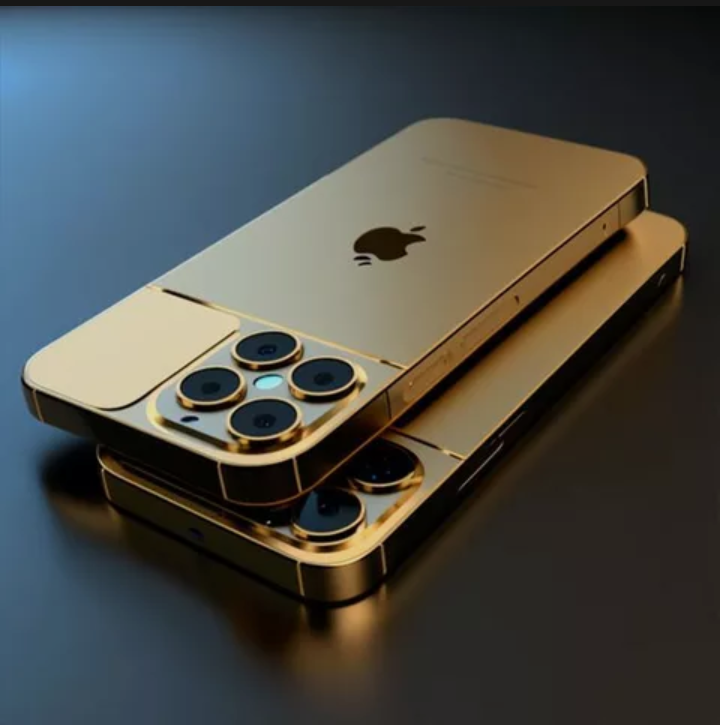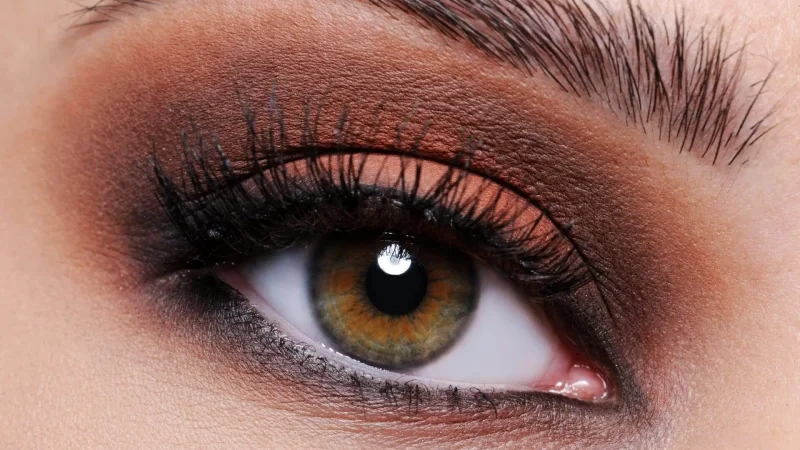IPhone 20

In the ever-evolving landscape of technology, Apple has continually been at the forefront of innovation, setting new standards with each iteration of its iconic iPhone. As we venture into the realm of the future, imagining what the iPhone 20 might entail is an intriguing exercise that offers a glimpse into the potential advancements that could shape our lives. With a blend of speculation and grounded insights, let’s delve into what the iPhone 20 might have in store for consumers.
Revolutionary Design
The design of the iPhone has always been a focal point of admiration and critique. With the iPhone 20, Apple is expected to push the boundaries even further, introducing a design that seamlessly integrates form and function. One possibility is the adoption of flexible OLED display technology, allowing the iPhone 20 to feature a truly bezel-less and foldable design. This innovation would not only enhance the aesthetics of the device but also revolutionize its portability and user experience.
Moreover, advancements in materials science could pave the way for the incorporation of durable yet lightweight materials such as carbon nanotubes or graphene. These materials would not only make the iPhone 20 more resilient to damage but also contribute to its sleek and futuristic appearance.
Immersive Augmented Reality
Augmented Reality (AR) has been a burgeoning field with applications ranging from gaming to education. With the iPhone 20, Apple is poised to elevate the AR experience to new heights. Equipped with advanced depth-sensing cameras and powerful processing capabilities, the iPhone 20 could offer users a truly immersive AR experience, seamlessly blending virtual elements with the real world.
Imagine using your iPhone 20 to virtually try on clothes before making a purchase, or navigating through interactive AR maps that overlay real-time information onto your surroundings. The possibilities are endless, and Apple’s integration of AR into the iPhone 20 could redefine how we interact with our environment.
Artificial Intelligence Integration
Artificial Intelligence (AI) has become increasingly ubiquitous in our daily lives, powering everything from virtual assistants to predictive algorithms. With the iPhone 20, Apple is expected to deepen its integration of AI into the iOS ecosystem, delivering a more personalized and intuitive user experience.
The iPhone 20 could feature an AI-powered assistant that anticipates user needs and adapts to their preferences over time. From suggesting the most relevant apps based on context to automatically organizing photos and messages, AI would serve as the backbone of the iPhone 20’s intelligence.
Moreover, AI-driven enhancements could extend to areas such as photography, with the iPhone 20 leveraging machine learning algorithms to capture stunning photos in any lighting condition and automatically enhance them with minimal user input.
Enhanced Privacy and Security
In an age where data privacy and security are paramount concerns, Apple has consistently prioritized the protection of user information. With the iPhone 20, Apple is expected to introduce even more robust privacy features, further cementing its commitment to user confidentiality.
One potential innovation is the integration of biometric authentication methods that go beyond fingerprint and facial recognition. The iPhone 20 could incorporate technologies such as retinal scanning or even brainwave authentication, offering users unparalleled security without compromising convenience.
Furthermore, Apple’s continued emphasis on data encryption and on-device processing would ensure that sensitive information remains protected from unauthorized access, setting a new standard for privacy in the smartphone industry.
Sustainability and Environmental Responsibility
As society becomes increasingly conscious of its environmental footprint, Apple has made significant strides towards sustainability in its product design and manufacturing processes. The iPhone 20 is expected to build upon this foundation, incorporating eco-friendly materials and renewable energy sources into its production.
From utilizing recycled materials in its construction to implementing energy-efficient components, the iPhone 20 would embody Apple’s commitment to minimizing its environmental impact. Furthermore, the device could feature modular design elements that facilitate easier repair and recycling, promoting a more circular economy.
Conclusion
The iPhone 20 represents not just a technological advancement, but a vision of the future where innovation converges with sustainability, privacy, and user-centric design. While the features outlined here are speculative, they reflect the potential trajectory of Apple’s flagship device as it continues to shape the landscape of the smartphone industry. As we eagerly anticipate the arrival of the iPhone 20, one thing is certain – it promises to redefine our expectations of what a smartphone can be.





